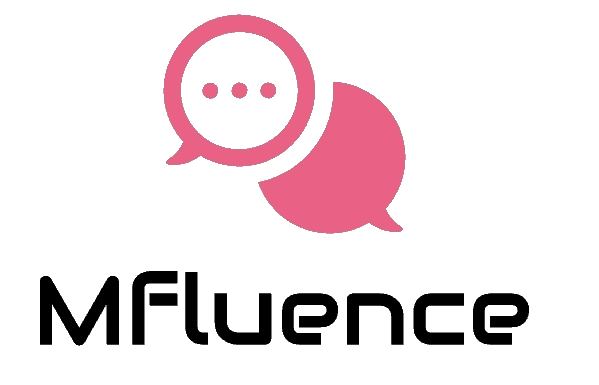Customer satisfaction is the holy grail of any business. It’s the metric that keeps customers coming back for more and fuels positive word-of-mouth marketing. But achieving exceptional customer satisfaction requires a dedicated support team equipped with the right strategies and tools.
Here at Mfluence, we understand the power of a happy customer. That’s why we’re sharing some best practices to help your support team become customer satisfaction superstars:
1. Empathy: The Cornerstone of Positive Interactions
- Active Listening: Train your agents to truly listen to customer concerns. Pay attention to not just the words, but also the emotions behind them.
- Acknowledging Frustration: Validate customer feelings by acknowledging their frustration. A simple “I understand why you’re upset” can go a long way.
- Empathetic Communication: Use empathetic language that demonstrates you care about their problem. Phrases like “Let’s work together to resolve this” build trust and rapport.
2. Communication: Clarity is Key
- Speak Their Language: Avoid technical jargon and complex explanations. Use clear, concise, and easy-to-understand language tailored to the customer’s level of technical expertise.
- Setting Expectations: Set realistic expectations about resolution timeframes. Underpromise and overdeliver whenever possible.
- Keeping Them Informed: Provide regular updates throughout the resolution process. This keeps customers in the loop and prevents them from feeling ignored.
3. Going the Extra Mile: Actions Speak Louder Than Words
- Personalized Service: Whenever possible, personalize the interaction. Address the customer by name, reference past support experiences, and tailor your solutions to their unique needs.
- Proactive Support: Don’t wait for customers to reach out with problems. Be proactive by offering preventative maintenance tips or personalized alerts to anticipate potential issues.
- Following Up: The support journey doesn’t end after the issue is resolved. Follow up with customers to ensure their satisfaction and offer additional assistance if needed.
4. Empowering Your Team: Knowledge is Power
- Comprehensive Knowledge Base: Invest in a robust knowledge base filled with articles, FAQs, troubleshooting guides, and even video tutorials. This empowers agents to find answers quickly and provide accurate solutions.
- Continuous Learning: Foster a culture of continuous learning by offering regular training sessions on new product features, industry trends, and best practices in customer support.
- The Right Tools: Equip your team with the tools they need to succeed. This includes a powerful ticketing system, remote access software for efficient troubleshooting, and knowledge management tools for easy access to internal resources.
5. Measurement and Improvement: A Continuous Cycle
- Track Key Performance Indicators (KPIs): Monitor metrics like customer satisfaction score, first contact resolution rate, and average resolution time. These metrics provide valuable insights into your team’s performance.
- Customer Feedback is Gold: Gather customer feedback through surveys and feedback forms. Analyze this data to understand customer needs and identify areas for improvement.
- Data-Driven Decisions: Don’t just collect data – use it! Leverage insights from performance metrics and customer feedback to make data-driven decisions that continuously optimize your support processes.
Mfluence: Your Partner in Customer Satisfaction Success
By implementing these best practices and partnering with Mfluence, you can empower your support team to deliver exceptional customer experiences that turn frowns upside down and propel customer satisfaction through the roof!
Contact us today to learn more about how our customer support platform can help your team become customer satisfaction champions! https://calendly.com/business-mfluence Learn More About Our CRM Software.
